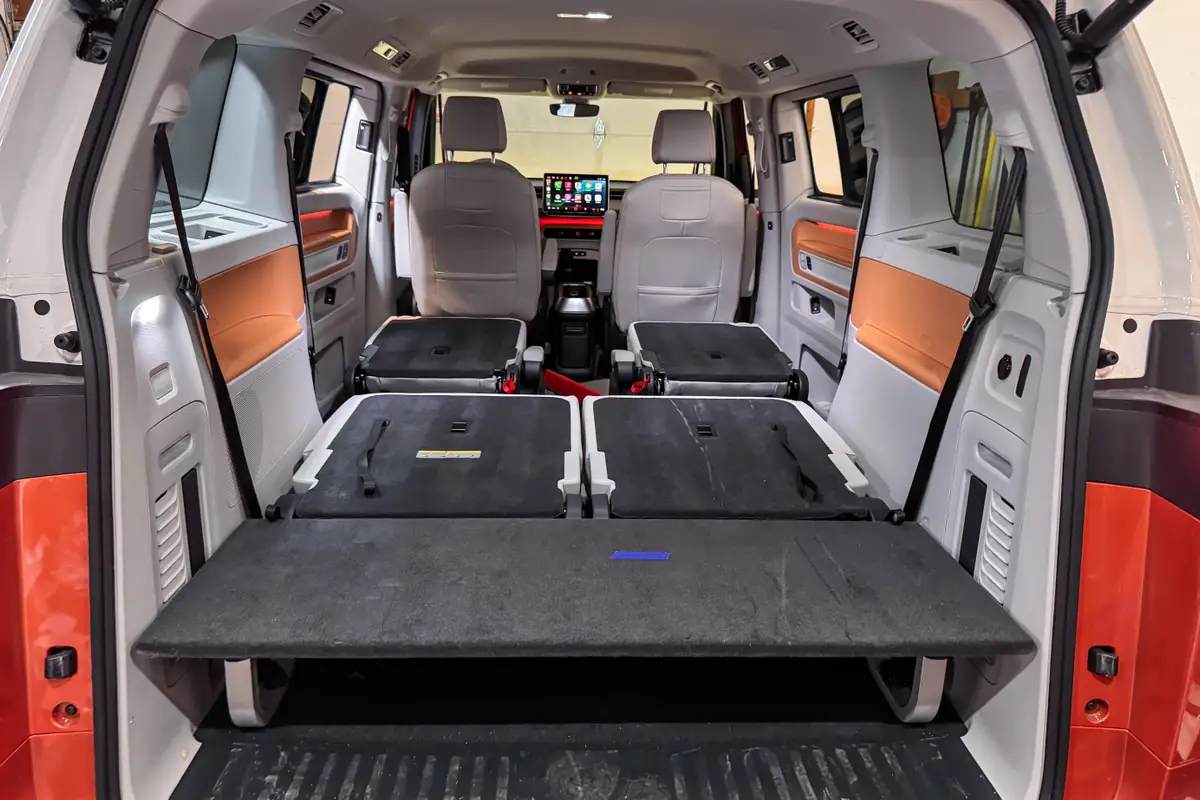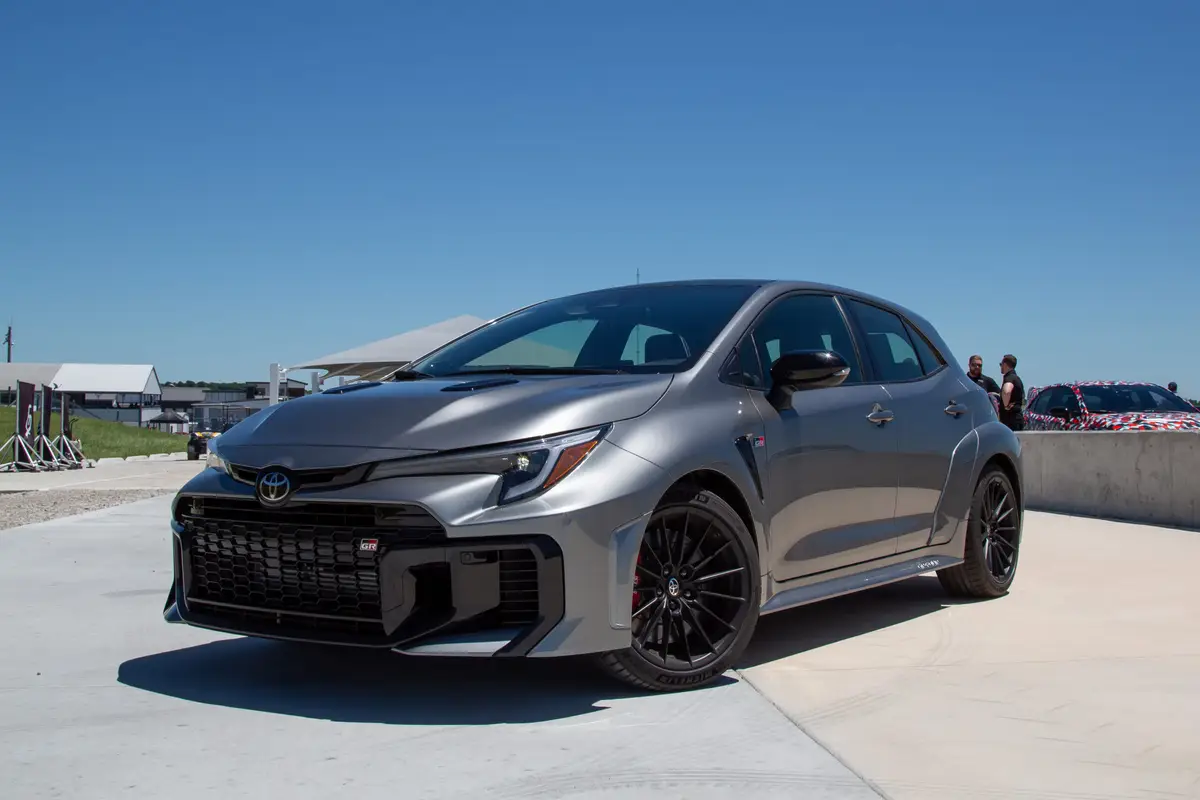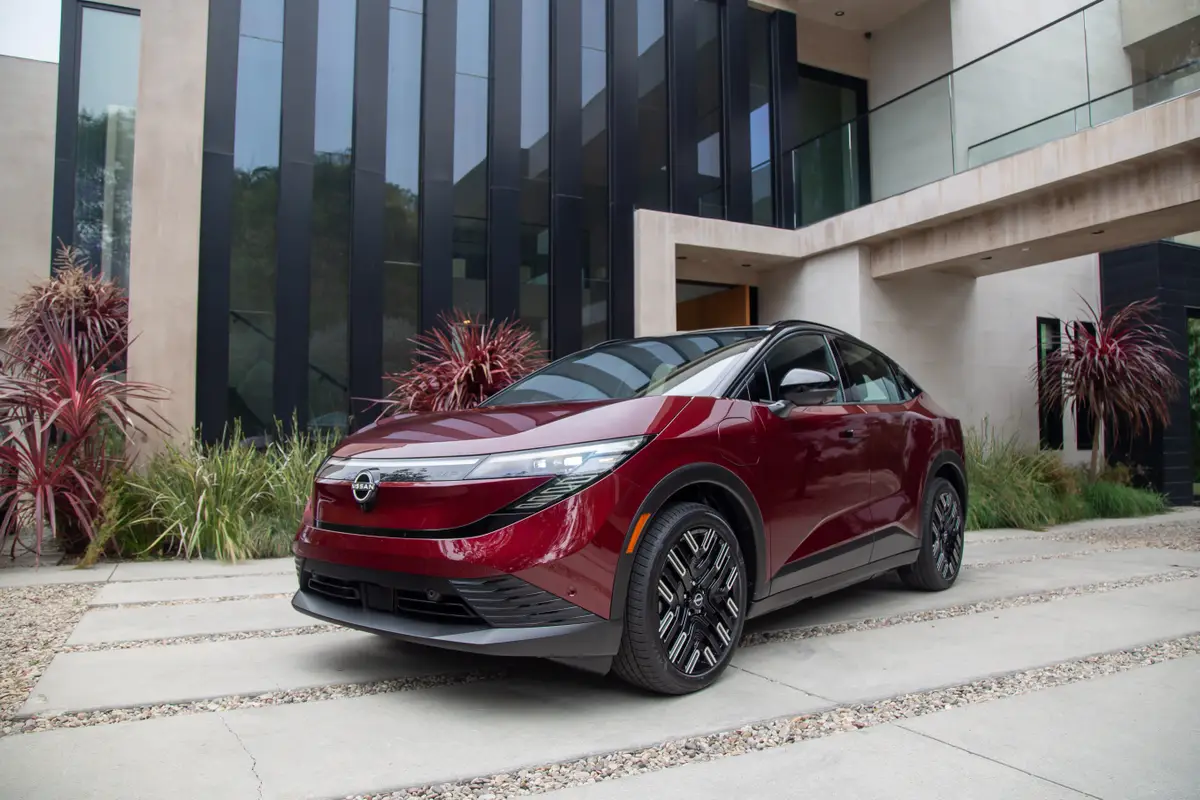How Do Car Seats Fit in a 2018 Hyundai Elantra?

CARS.COM — Editor’s note: This Car Seat Check was written in May 2016 about the 2017 Hyundai Elantra. Little of substance has changed with this year’s model. To see what’s new for 2018, click here, or check out a side-by-side comparison of the two model years.
Hyundai made a good thing even better with the redesign of its Elantra compact car. The 2017 Elantra got revised styling, more safety features and additional creature comforts such as an optional proximity-activated automatic truck. For families, the big news is in the backseat. The 2017 Elantra has an extra inch and a half of legroom over the 2016 model. There was plenty of room for two child-safety seats in the back, and installation was easy.
How many car seats fit in the second row? Two
Related: More Car Seat Checks
Solid
- Latch, grade A: The two sets of Latch anchors sit just within the seat bight for easy access. Although the leather upholstery was stiff, we had no problem pushing past it to connect to the anchors, especially with the convertible’s rigid connectors.
- Rear-facing convertible, grade A: The convertible installed easily and fit well; we did not need to move the front passenger seat forward to make room.
- Forward-facing convertible, grade A: This seat was easy to install, and we had no trouble connecting to one of the three top tether anchors on the rear shelf once we removed the head restraint.
- Booster, grade A: The booster fit nicely on the lightly bolstered seat, and we didn’t need to raise the head restraint to install it. The buckles are on short stable stalks, so kids should be able to grasp them easily. Note that the middle position’s buckle is floppy, however.
So-So
- Infant seat, grade B: We had to move the front passenger seat forward a bit to make room for the infant seat, but the 5-foot-6 passenger had enough knee room.
Skip It
- None
Grading Scale
Solid indicates an A grade for optimum ease of use and fit. So-So indicates B or C grades for one to two ease-of-use or fit issues. Skip It indicates D or F grades.
A: Plenty of room for the car seat and the child; doesn’t impact driver or front-passenger legroom. Easy to find and connect to Latch and tether anchors. No fit issues involving head restraint or seat contouring. Easy access to the third row.
B: One room, fit or connection issue. Some problems accessing third row when available.
C: Marginal room plus one fit or connection issue. Difficult to access third row when available.
D: Insufficient room, plus multiple fit or connection issues.
F: Does not fit or is unsafe.
About Cars.com’s Car Seat Checks
Editors Jennifer Geiger, Jennifer Newman and Matt Schmitz are certified child safety seat installation technicians.
For the Car Seat Check, we use a Graco SnugRide Classic Connect 30 infant-safety seat, a Britax Marathon convertible seat and Graco TurboBooster seat. The front seats are adjusted for a 6-foot driver and a shorter passenger. The three child seats are installed in the second row. The booster seat sits behind the driver’s seat, and the infant and convertible seats are installed behind the front passenger seat.
We also install the forward-facing convertible in the second row’s middle seat with the booster and infant seat in the outboard seats to see if three car seats will fit; a child sitting in the booster seat must be able to reach the seat belt buckle. If there’s a third row, we install the booster seat and a forward-facing convertible. Learn more about how we conduct our Car Seat Checks.
Parents should also remember that they can use the Latch system or a seat belt to install a car seat, and that Latch anchors have a weight limit of 65 pounds, including the weight of the child and the weight of the seat itself.
Cars.com’s Editorial department is your source for automotive news and reviews. In line with Cars.com’s long-standing ethics policy, editors and reviewers don’t accept gifts or free trips from automakers. The Editorial department is independent of Cars.com’s advertising, sales and sponsored content departments.

News Editor Jennifer Geiger joined the automotive industry in 2003, much to the delight of her Corvette-obsessed dad. Jennifer is an expert reviewer, certified car-seat technician and mom of three. She wears a lot of hats — many of them while driving a minivan.
Featured stories




